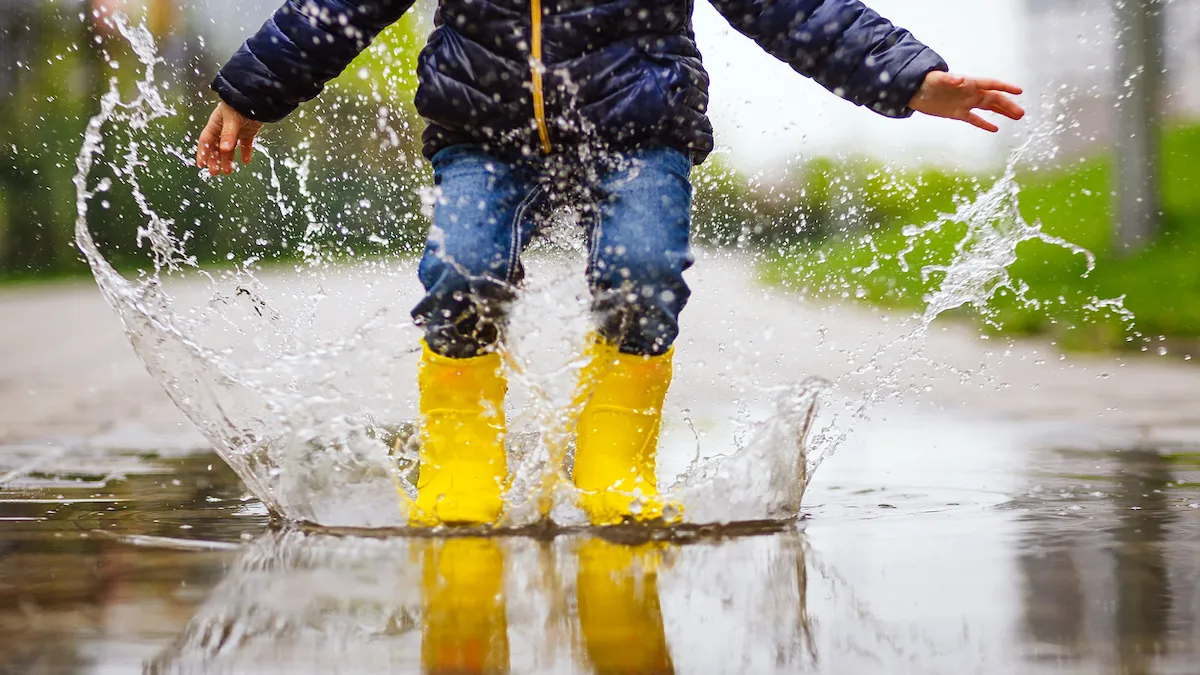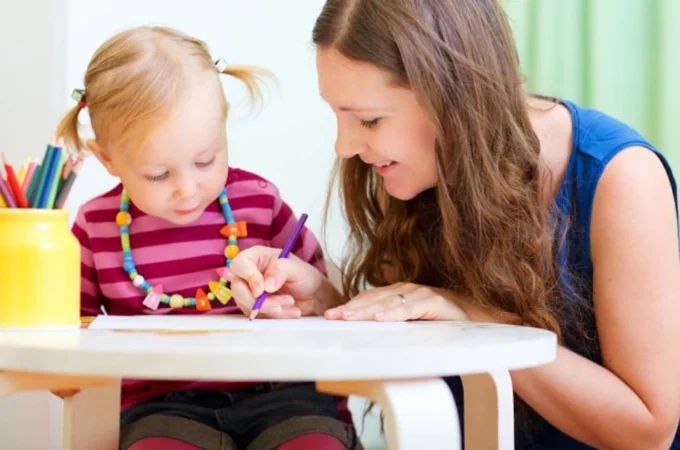
How to Get Kids Excited About Outdoor Activities in Any Weather
Getting children enthusiastic about spending time outdoors can be challenging when weather conditions seem less than ideal. Rain, snow, extreme heat, or cold temperatures often become excuses for staying inside, but these same conditions can actually create some of the most memorable and engaging outdoor experiences for kids.
The secret lies in changing the perspective from “dealing with” weather to embracing it as part of the adventure. When children learn to see different weather conditions as opportunities rather than obstacles, outdoor activities become year-round possibilities instead of fair-weather pastimes.
Building this enthusiasm requires the right combination of preparation, appropriate gear, and activities that match the conditions. Most importantly, it starts with helping kids develop confidence in their ability to be comfortable and safe outdoors regardless of what nature delivers.
Table of Contents
ToggleThe Foundation: Proper Gear Builds Confidence
Children who feel comfortable in their outdoor gear are naturally more willing to venture outside and stay active longer. When kids are cold, wet, or uncomfortable, outdoor time becomes something to endure rather than enjoy. Quality outdoor clothing transforms weather from a barrier into just another part of the experience.
Columbia Kids’ Clothing offers excellent examples of how proper outdoor gear can boost children’s confidence and enthusiasm for outdoor activities. When kids know their clothing will keep them dry, warm, and comfortable, they’re much more likely to embrace outdoor adventures regardless of conditions.
The psychological impact of appropriate gear cannot be overstated. Children who have experienced being cold and wet outdoors often develop negative associations with certain weather conditions. On the other hand, kids who have consistently felt comfortable during outdoor activities in various weather develop positive associations and seek out these experiences.
Layering systems work particularly well for children because they can adjust their comfort level as activity levels change. Teaching kids how to add or remove layers gives them control over their comfort, which builds confidence and reduces complaints about being too hot or cold.
Making Weather Part of the Adventure
Rain creates unique outdoor opportunities that many families overlook. Puddle jumping, observing how water flows and collects, and watching plants and animals respond to precipitation can be fascinating for children. The key is framing rain as an adventure rather than an inconvenience.
Snow opens up entirely different possibilities for outdoor play. Building snow structures, tracking animals, or simply experiencing how the landscape changes creates memorable experiences. Many children who claim to dislike cold weather discover they actually enjoy winter activities once they have proper clothing and engaging activities.
Hot weather requires different strategies but offers its own opportunities. Early morning or evening activities avoid the most intense heat while still providing outdoor time. Water-based activities, shade-seeking games, and learning about how animals adapt to heat can make summer outdoor time both educational and enjoyable.
Wind creates opportunities for kite flying, observing how different objects move in air currents, and understanding weather patterns. Instead of viewing wind as something that makes outdoor activities uncomfortable, it becomes a natural playground element.
Age-Appropriate Activities for Different Conditions
Younger children often enjoy simple activities that let them interact directly with weather conditions. Collecting rainwater, making snow angels, or feeling different textures created by weather changes can be endlessly entertaining for toddlers and preschoolers.
Elementary-aged children can handle more complex activities that incorporate learning elements. Weather tracking, nature photography, or building outdoor structures that respond to different conditions combine education with outdoor time. This age group often enjoys challenges and can understand how proper preparation enables more ambitious outdoor activities.
Teenagers need activities that feel meaningful and often social. Group hiking, outdoor sports adapted to weather conditions, or environmental monitoring projects can engage older children who might otherwise prefer indoor entertainment. The key is connecting outdoor activities to their interests and social needs.
Overcoming Common Weather-Related Objections
Many parents hesitate to take children outside in challenging weather due to safety concerns or expectations of complaints. These concerns are often valid but can be addressed through proper preparation and gradual exposure to different conditions.
Start with shorter outdoor sessions in mild versions of challenging weather. A light drizzle or gentle snowfall provides opportunities to test gear and build confidence without creating uncomfortable experiences. Success in these milder conditions builds enthusiasm for more challenging weather adventures.
Address specific complaints proactively. If children consistently complain about cold hands, invest in quality gloves and hand warmers. If wet feet are the issue, waterproof boots and extra socks solve the problem. Most weather-related complaints have gear-based solutions.
Create positive associations by pairing outdoor activities with things children already enjoy. Hot chocolate after cold weather activities, special snacks during rain adventures, or photo challenges during different weather conditions help build enthusiasm.
Building Long-Term Outdoor Enthusiasm
Consistency matters more than perfect conditions when building outdoor habits. Regular outdoor time in various weather conditions normalizes these experiences and reduces resistance to less-than-perfect conditions. Children who spend time outside year-round develop resilience and adaptability that serves them well beyond outdoor activities.
Document outdoor adventures through photos, journals, or collections of natural items found during different weather conditions. These records help children remember positive experiences and build anticipation for future outdoor activities.
Involve children in planning outdoor activities and selecting appropriate gear. When kids have input in the decision-making process, they feel more invested in the outcomes and are more likely to approach challenging conditions with positive attitudes.
Connect outdoor activities to larger goals or interests. Children interested in animals can track wildlife behavior in different weather. Kids who enjoy art can create weather-inspired outdoor art projects. These connections make outdoor time feel purposeful rather than arbitrary.
The goal is not to convince children that all weather is pleasant, but rather to help them develop skills and confidence that make outdoor activities enjoyable regardless of conditions. When children learn they can be comfortable and safe outdoors year-round, weather becomes just another variable in their outdoor adventures rather than a limiting factor. This mindset opens up countless opportunities for exploration, learning, and physical activity that would otherwise be missed while waiting for perfect weather.


